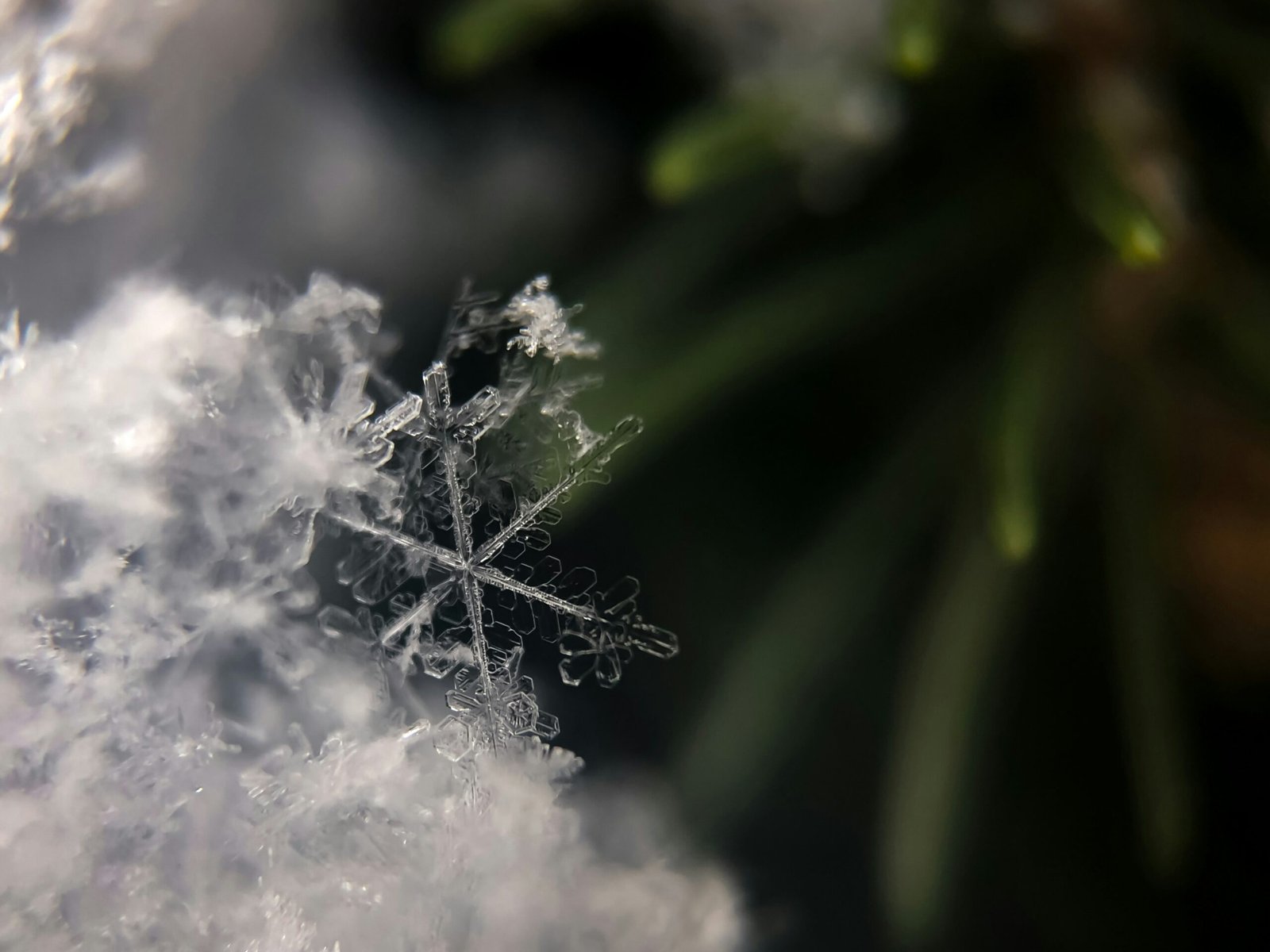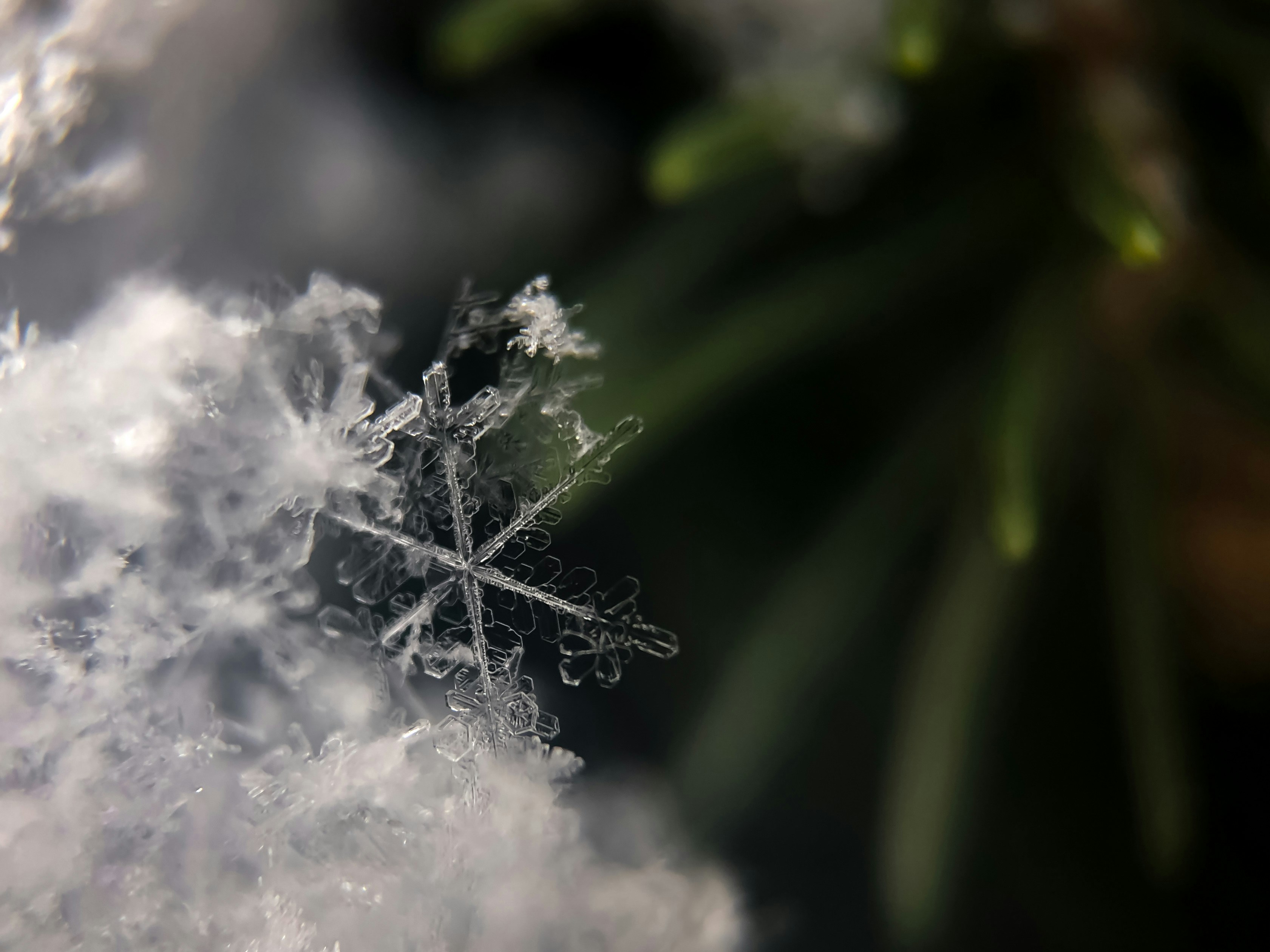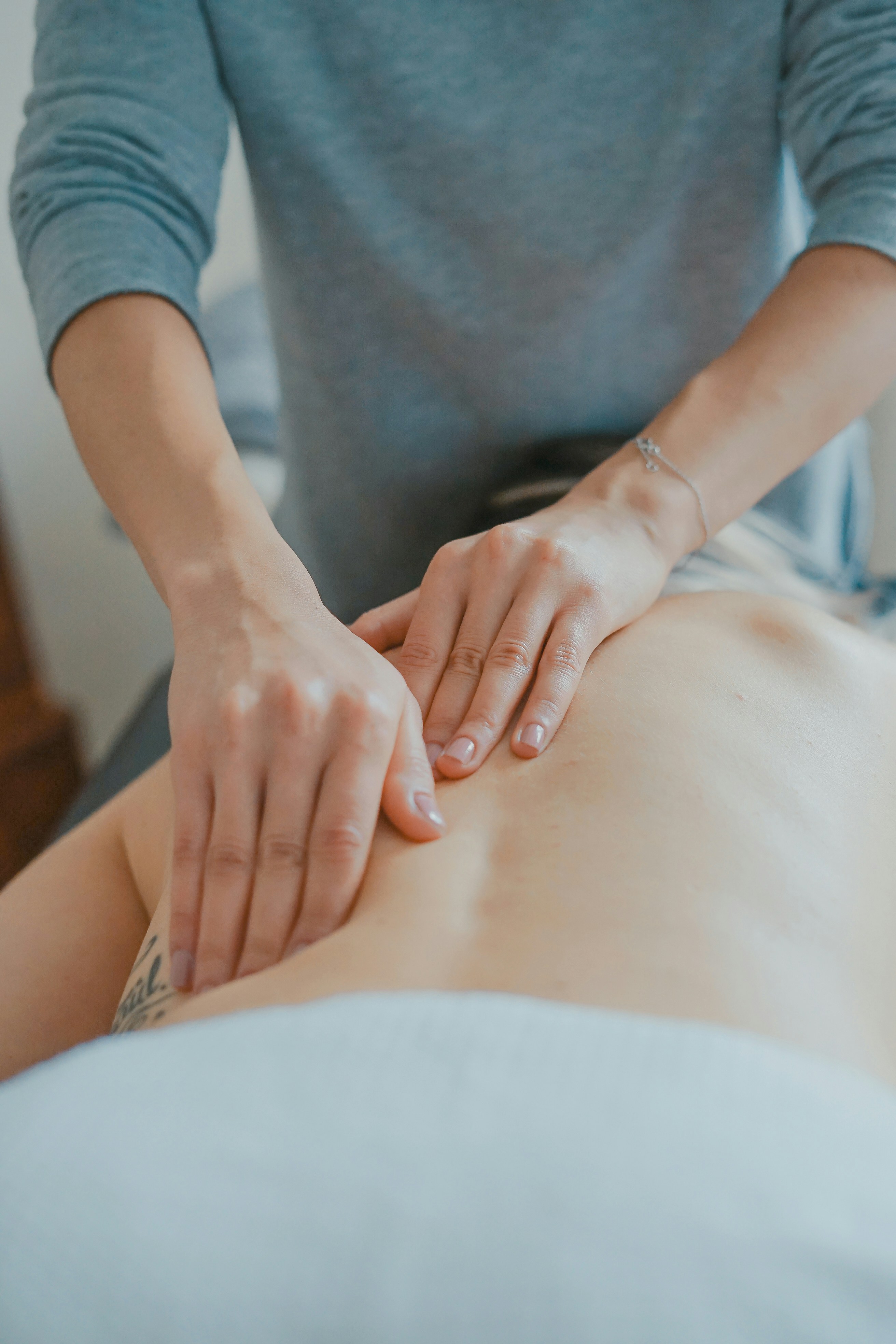Have you ever wondered why a cold shower feels so invigorating, or why plunging into icy waters can leave you feeling oddly calmed and refreshed? The sensation goes beyond just a fleeting thrill or the pursuit of a viral challenge—it taps into something much deeper within your body’s biology. This seemingly counterintuitive reaction is more than just a burst of energy; it is a profound interaction between cold exposure and your parasympathetic nervous system. Understanding this link could open doors to new ways of managing stress, improving mental clarity, and boosting your overall health.
Understanding the Nervous System: A Brief Overview
To appreciate how cold exposure influences your parasympathetic nervous system, it’s essential to have a basic grasp of the nervous system’s architecture. Your nervous system is a highly complex network, responsible for coordinating everything from voluntary movements to involuntary processes like breathing and heart rate. At the heart of its complexity lies two primary components: the central nervous system and the peripheral nervous system.
Central Nervous System vs. Peripheral Nervous System
The central nervous system (CNS) is essentially the command center, composed of your brain and spinal cord. It processes information and issues instructions. On the other hand, the peripheral nervous system (PNS) is like the network of roads and highways that connect the body to the CNS. It comprises all the nerves that extend from the brain and spinal cord to the rest of the body.
Autonomic Nervous System: The Subsystem in Focus
Within the peripheral nervous system, the autonomic nervous system (ANS) is the component that operates largely below consciousness. It controls functions that occur automatically, like heart rate, digestion, and respiratory rate. The ANS itself is divided into two main branches:
-
Sympathetic Nervous System (SNS): Often referred to as the “fight or flight” system, it prepares the body to respond to perceived threats by increasing heart rate, dilating pupils, and inhibiting digestion.
-
Parasympathetic Nervous System (PNS): This is known as the “rest and digest” system, aiming to conserve energy by slowing down the heart rate, enhancing digestion, and promoting relaxation.
How Does Cold Exposure Interact with the Parasympathetic Nervous System?
This physiological dance between cold exposure and the parasympathetic nervous system is fascinating. When you expose your body to cold temperatures, it may initially stimulate the sympathetic nervous system, setting off a “fight or flight” response. However, as your body adapts, something interesting happens—your parasympathetic nervous system takes over.
The Initial Shock: Sympathetic Nervous System Response
The moment cold water splashes onto your skin, your body’s immediate reaction is driven by the sympathetic nervous system. Heart rate spikes, blood vessels in the skin constrict, and you experience a heightened sense of alertness. This is a survival mechanism designed to protect vital organs from the cold by drawing blood away from extremities and towards the core.
Transition to Parasympathetic Activation
As the initial shock of cold exposure subsides, your parasympathetic nervous system begins to take charge. This phase is marked by a decrease in heart rate and an increase in vagal tone, which is a measure of the activity of the vagus nerve—a crucial component of the parasympathetic nervous system.
-
Heart Rate Variability (HRV): An important index of autonomic balance, HRV tends to increase as parasympathetic activity ramps up during prolonged cold exposure. This increase in HRV is often associated with improved stress resilience and relaxation.
-
Vagal Nerve Stimulation: The cold acts as a mild stressor that enhances vagal nerve activity, contributing to a calming effect. The vagus nerve acts as a communication highway between the gut, heart, brain, and other organs, playing a pivotal role in regulating your body’s stress response.
The Science Behind Cold Exposure: Exploring the Mechanisms
The science underpinning cold exposure’s effects on the parasympathetic nervous system is a mosaic of physiological reactions and biochemical pathways. While researchers continue to unravel the precise mechanics, several key elements have been identified.
Thermoregulation and Homeostasis
Your body’s response to cold is fundamentally about maintaining homeostasis—keeping internal conditions stable despite external fluctuations. Thermoregulation, or heat balance, is the process your body undergoes to achieve this. When exposed to the cold, thermoreceptors in your skin send signals to the hypothalamus, the brain’s thermostat, prompting adjustments in heart rate, blood circulation, and cardiovascular functioning.
Hormonal Cascades: The Role of Norepinephrine
Cold exposure triggers the release of norepinephrine, a vital hormone and neurotransmitter in the autonomic nervous system that helps manage stress response. Initially, elevated norepinephrine levels stimulate the SNS, but they also contribute to enhanced mood, alertness, and focus, providing both short-term invigoration and long-term calming effects.
Brown Fat Activation and Metabolic Health
Another fascinating aspect of cold exposure is its ability to activate brown adipose tissue (brown fat), a type of fat that generates heat by burning calories. This energy expenditure process not only aids in thermoregulation, but it’s thought to have beneficial impacts on metabolic health and weight management.
| Aspect | Cold Exposure Effect |
|---|---|
| Thermoregulation | Adjusts heart rate, promotes heat production |
| Norepinephrine Release | Enhances alertness, mood, invokes SNS response |
| Brown Fat Activation | Increases calorie burn, supports metabolic health |
Practical Ways to Incorporate Cold Exposure into Your Routine
So, how can you harness the benefits of cold exposure in your day-to-day life? It’s not necessary to swim in icy lakes or take cold showers year-round to experience its positive effects. Here are some approachable methods and considerations for safely integrating cold exposure into your routine:
Cold Showers or Baths
One of the simplest ways to introduce cold exposure is by gradually reducing the water temperature in your shower. Start with lukewarm water and slowly work your way down to colder temperatures. A cold plunge bath can also serve the purpose.
Outdoor Activities in Cold Weather
Activities such as winter swimming, brisk walks, or simply spending time outside on a frosty day can provide natural cold exposure while also offering fresh air and exercise benefits.
Cold Water Swimming
For more adventurous souls, engaging in cold water swimming can be both exhilarating and a profound experience for boosting your parasympathetic nervous system.
Safety Tips and Precautions
Before you start, it’s crucial to be aware of potential risks. Rapid changes in temperature can be dangerous for some individuals, particularly those with existing cardiovascular issues or other health concerns. Ensure you’re well-informed, start gradually, and consult a healthcare professional if you have any doubts.
The Benefits of Parasympathetic Activation through Cold Exposure
With a clearer understanding of how cold exposure relates to your parasympathetic nervous system, you might wonder what tangible benefits this interaction holds. From improved mental health to enhanced physical resilience, the potential upsides are plentiful.
Mental Clarity and Mood Enhancement
Many people find that cold exposure sharpens their focus and elevates their mood, attributed to increased norepinephrine levels and improved vagal tone. Some studies suggest that these effects may help reduce symptoms of anxiety and depression by promoting a state of calmness.
Stress Reduction and Enhanced Resilience
Cold exposure serves as a mild stressor that strengthens the body’s adaptive capacity without overwhelming it. This process, known as hormesis, makes the body more resilient to other stressors over time, potentially resulting in improved stress management and overall well-being.
Physical Health and Immune Support
Cold exposure might have tangible benefits for your physical health as well. By improving circulation and metabolic function through brown fat activation, it also aids immune system function, preparing the body to better combat infections.
| Benefit Category | Cold Exposure Impact |
|---|---|
| Mental Health | Enhances clarity, mood, reduces anxiety and depression symptoms |
| Resilience | Boosts stress management, hormetic effects |
| Physical Health | Enhances immunity, circulation, metabolic health |
Final Thoughts
Integrating cold exposure into your lifestyle may seem daunting at first, but the potential benefits for your parasympathetic nervous system and overall well-being can be profound. It’s about more than just embracing discomfort; it’s about leveraging a natural mechanism to improve your life quality in an accessible and impactful way. As with any new practice, gradual integration and mindful adjustments are key to unlocking its full potential while ensuring safety and balance.





